Scientists finally caught solar neutrinos triggering a rare atomic transformation once thought nearly impossible to observe.
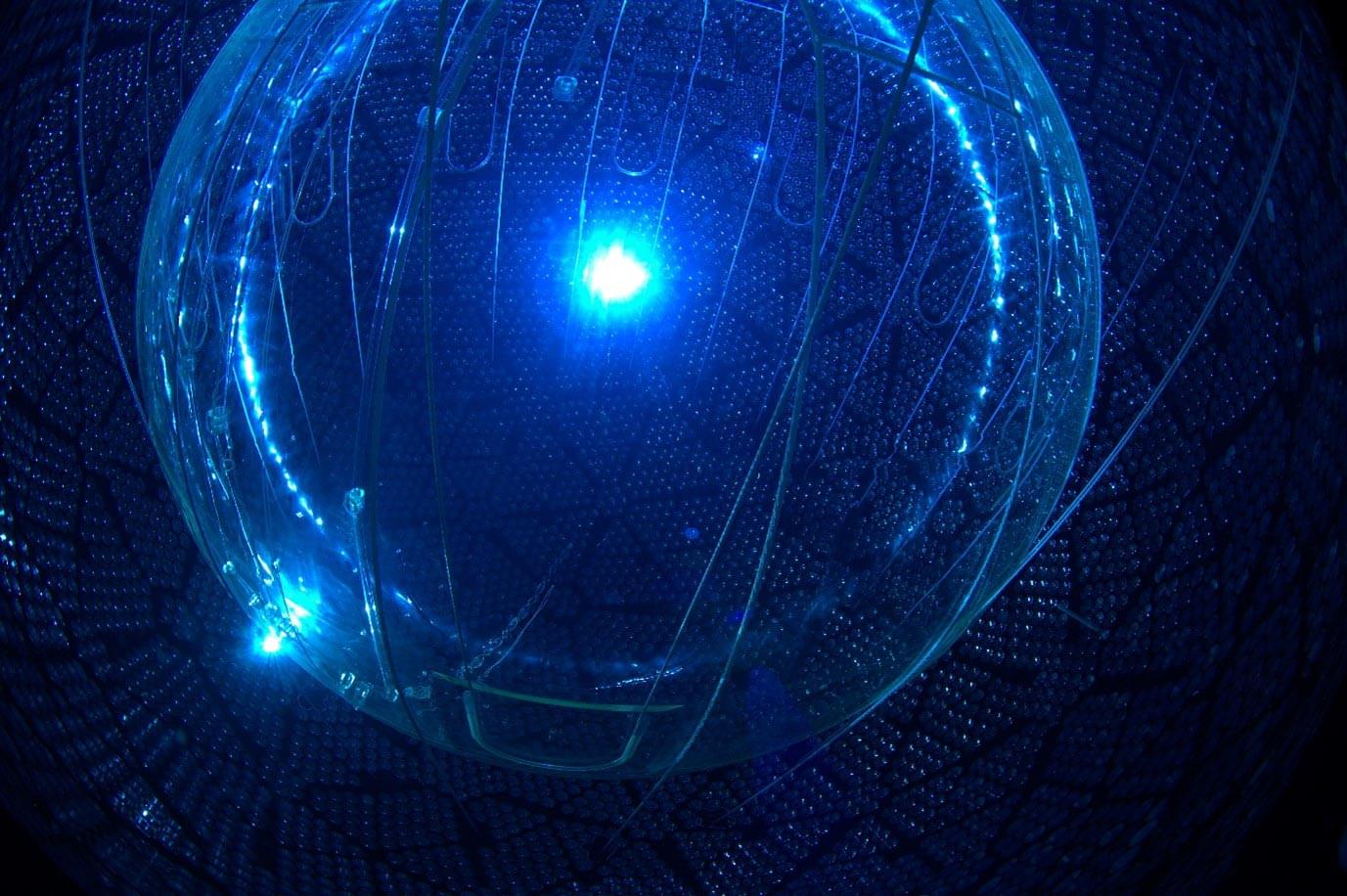


This was a monumental breakthrough in the philosophy and foundations of quantum mechanics. Bell derived a mathematical inequality that showed if there were any local “hidden variables” (underlying, deterministic factors) explaining the “spooky” correlations in quantum entanglement, those correlations would have to obey certain limits. Experiments inspired by his theorem (starting with Alain Aspect in the early 1980s) have repeatedly shown that these limits are violated, confirming that quantum entanglement is real, non-local, and that nature fundamentally disagrees with Einstein’s idea of “local realism.”
John Bell, with whom I had a fruitful collaboration and warm friendship, is best known for his seminal work on the foundations of quantum physics, but he also made outstanding contributions to particle physics and accelerator physics.
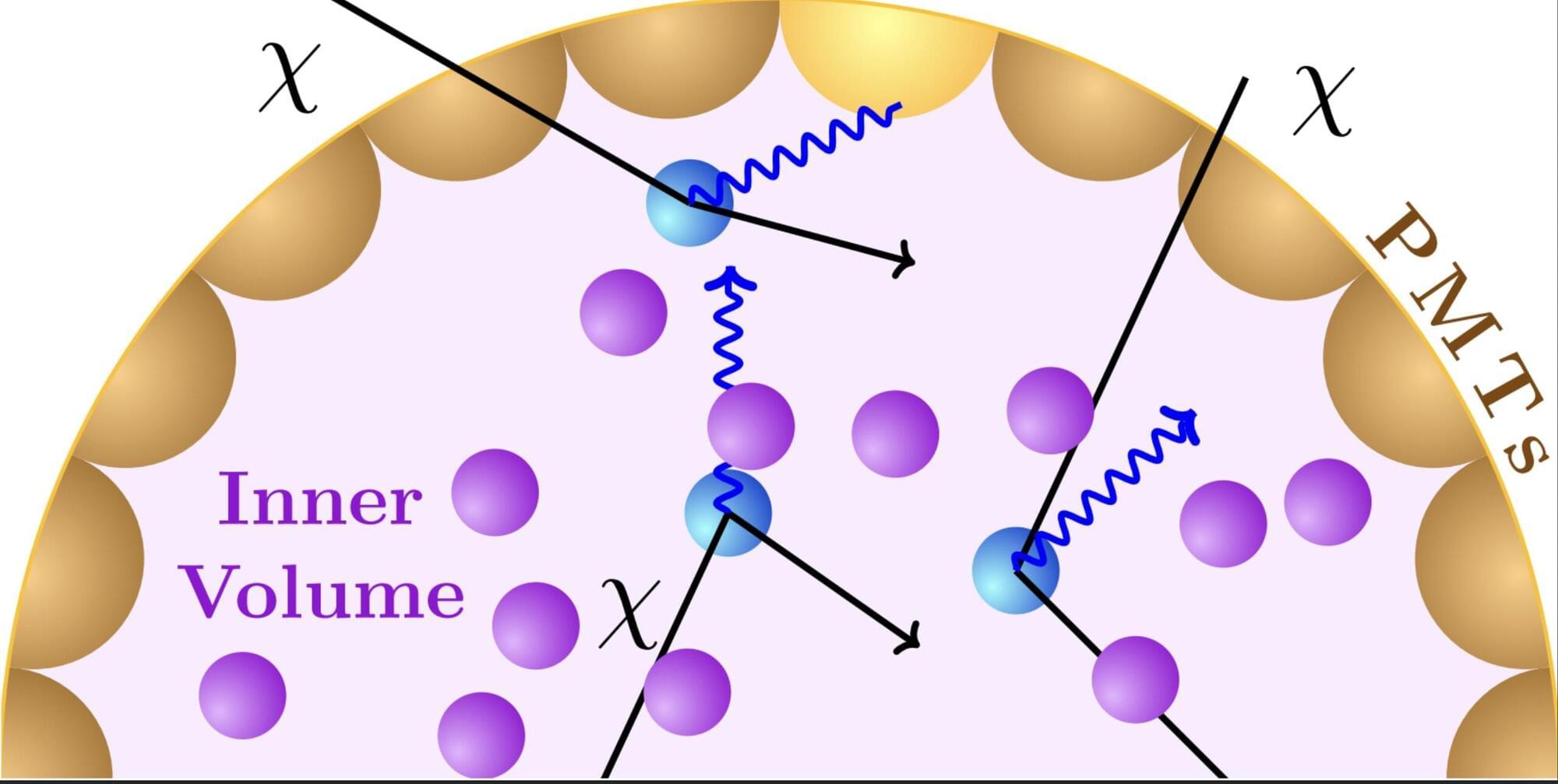
Dark matter is an elusive type of matter that does not emit, reflect or absorb light, yet is estimated to account for most of the universe’s mass. Over the past decades, many physicists worldwide have been trying to detect this type of matter or signals associated with its presence, employing various approaches and technologies.
As it has never been directly detected before, the composition and properties of dark matter remain mostly unknown. Initially, dark matter searches focused on the detection of relatively heavy particles. More recently, however, physicists also started looking for lighter particles with masses below one giga-electron-volt (GeV), which would thus be lighter than protons.
Researchers at SLAC National Accelerator Laboratory and The Ohio State University recently showed that signatures of these sub-GeV dark matter particles could also be picked up by neutrino observatories, large underground detectors originally designed to study neutrinos (i.e., light particles that weakly interact with regular matter).
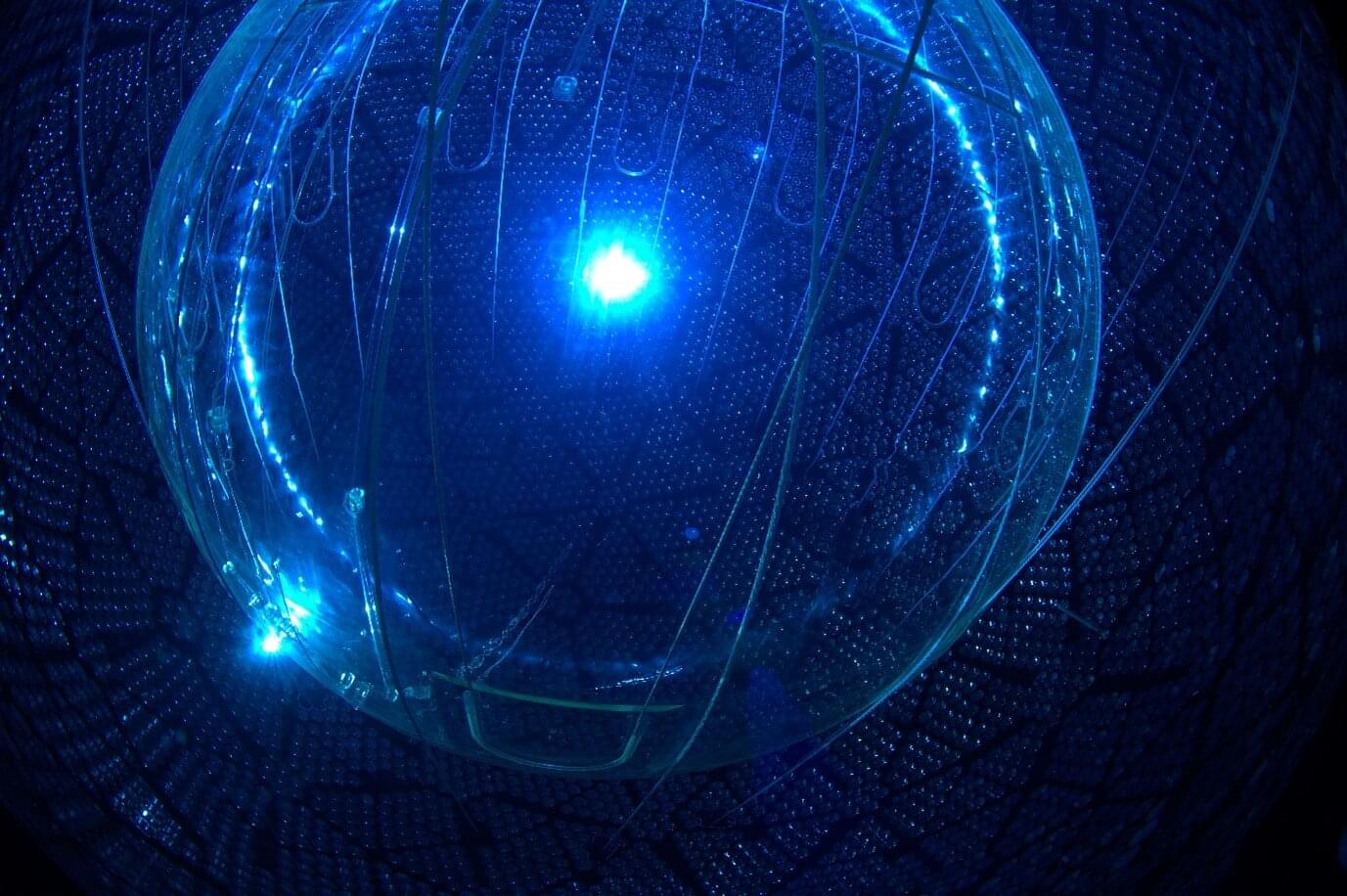
Neutrinos are one of the most mysterious particles in the universe, often called “ghost particles” because they rarely interact with anything else. Trillions stream through our bodies every second, yet leave no trace. They are produced during nuclear reactions, including those that take place in the core of our sun.
Their tendency to not interact often makes detecting neutrinos notoriously difficult. Neutrinos from the sun have only been seen to interact on a handful of different targets. Now, for the first time, scientists have succeeded in observing them transform carbon atoms into nitrogen inside a vast underground detector.
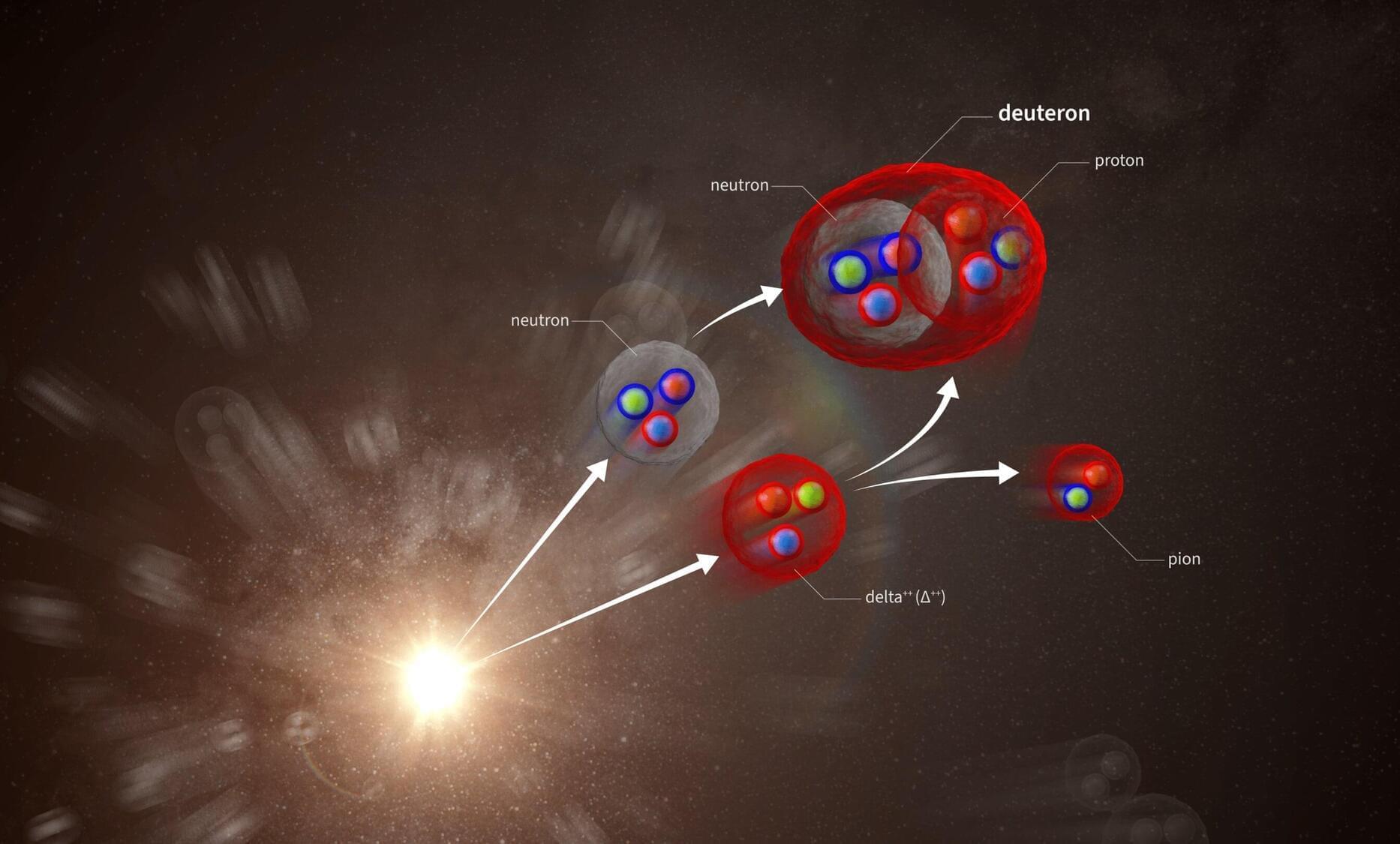
Observations of the formation of light-nuclei from high-energy collisions may help in the hunt for dark matter.
Particle collisions at the Large Hadron Collider (LHC) can reach temperatures over one hundred thousand times hotter than at the center of the sun. Yet, somehow, light atomic nuclei and their antimatter counterparts emerge from this scorching environment unscathed, even though the bonds holding the nuclei together would normally be expected to break at a much lower temperature.
Physicists have puzzled for decades over how this is possible, but now the ALICE collaboration has provided experimental evidence of how it happens, with its results published today in Nature.
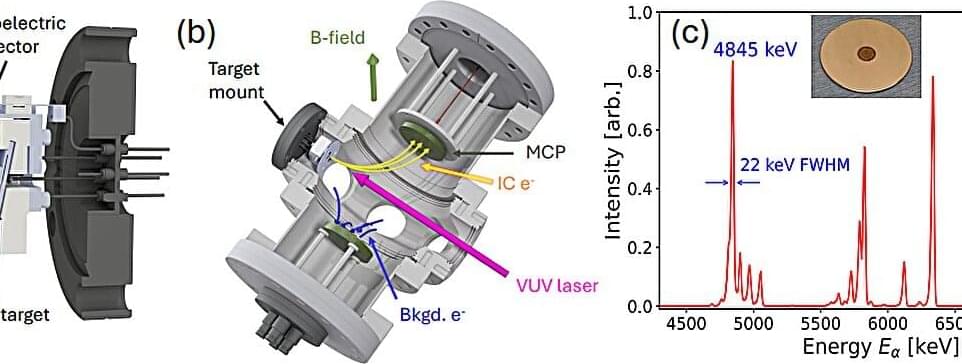
In 2008, a team of UCLA-led scientists proposed a scheme to use a laser to excite the nucleus of thorium atoms to realize extremely accurate, portable clocks. Last year, they realized this longstanding goal by bombarding thorium atoms embedded in specialized fluoride crystals with a laser. Now, they have found a way to dramatically simplify and strengthen the process by replacing the specialized crystals with thorium electroplated onto steel.
They observe, for the first time, that laser excitation of the thorium nucleus in this system leads to a measurable electric current, which can be used to miniaturize the nuclear clock. The advance is needed for smaller, more efficient atomic clocks, which have long been sought to improve navigation, GPS, power grids, and communications. It will also allow for some of the tightest tests ever of fundamental physics.
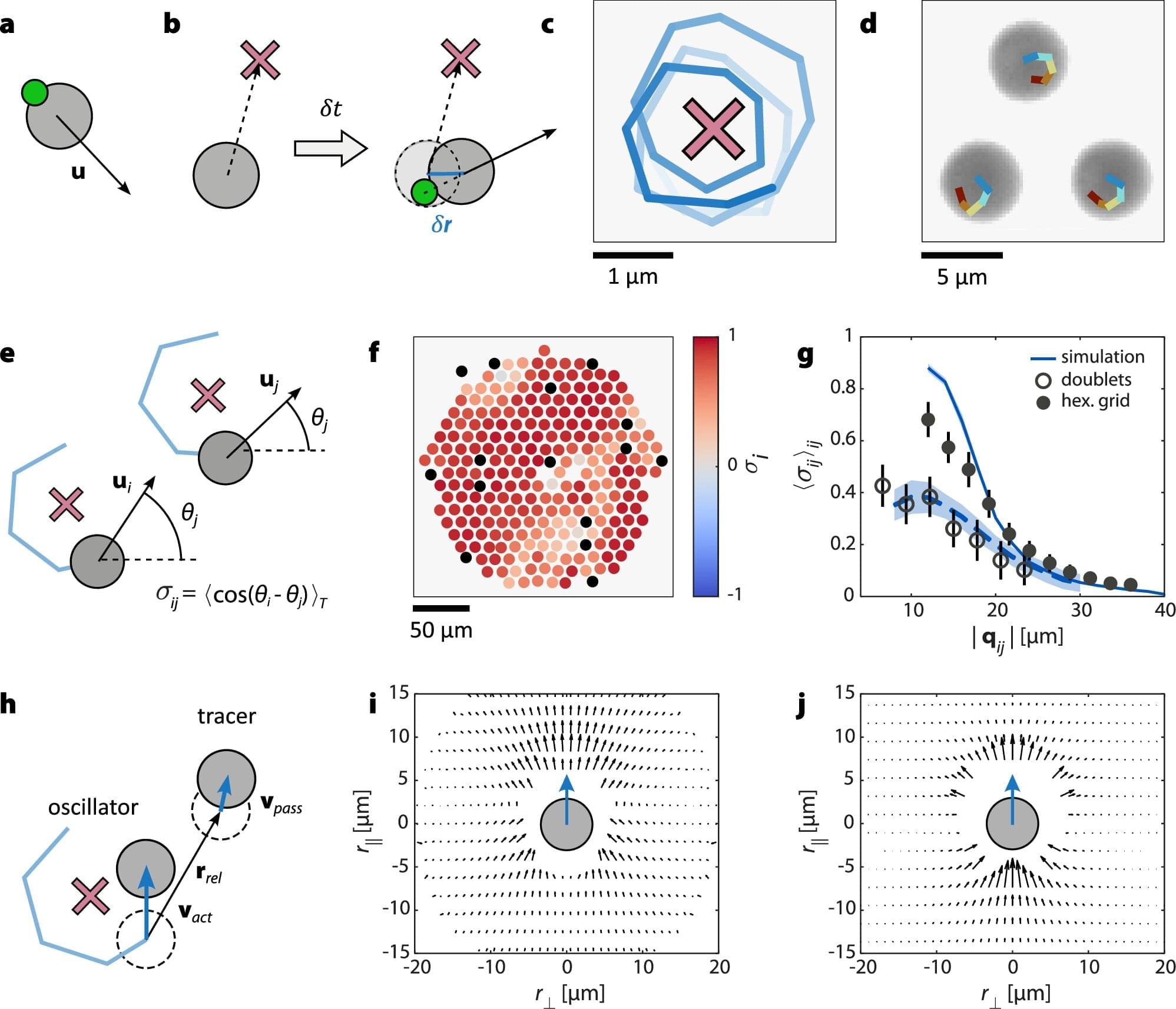
A collaboration between the University of Konstanz and Forschungszentrum Jülich has achieved the first fully tunable experimental realization of a long predicted “swarmalator” system. The study, published in Nature Communications, shows how tiny, self-propelled particles can simultaneously coordinate their motion and synchronize their internal rhythms—a behavior reminiscent of flashing fireflies, Japanese tree frogs or schooling fish.
The results underline how collective dynamics can arise from simple interactions, without overarching leadership or control. Possible applications include autonomous robotic swarms.
Swarmalators—short for swarming oscillators—are systems in which each individual not only moves but also oscillates, with motion and rhythm influencing one another.

University of Iowa researchers have discovered a method to “purify” photons, an advance that could make optical quantum technologies more efficient and more secure.
The work is published in the journal Optica Quantum.
The researchers investigated two nagging challenges to creating a steady stream of single photons, the gold standard method for realizing photonic quantum computers and secure communication networks. One obstacle is called laser scatter, which occurs when a laser beam is directed at an atom, causing it to emit a photon, which is a single unit of light. While effective, the technique can yield extra, redundant photons, which hampers the optical circuit’s efficiency, much like a wayward current in an electrical circuit.
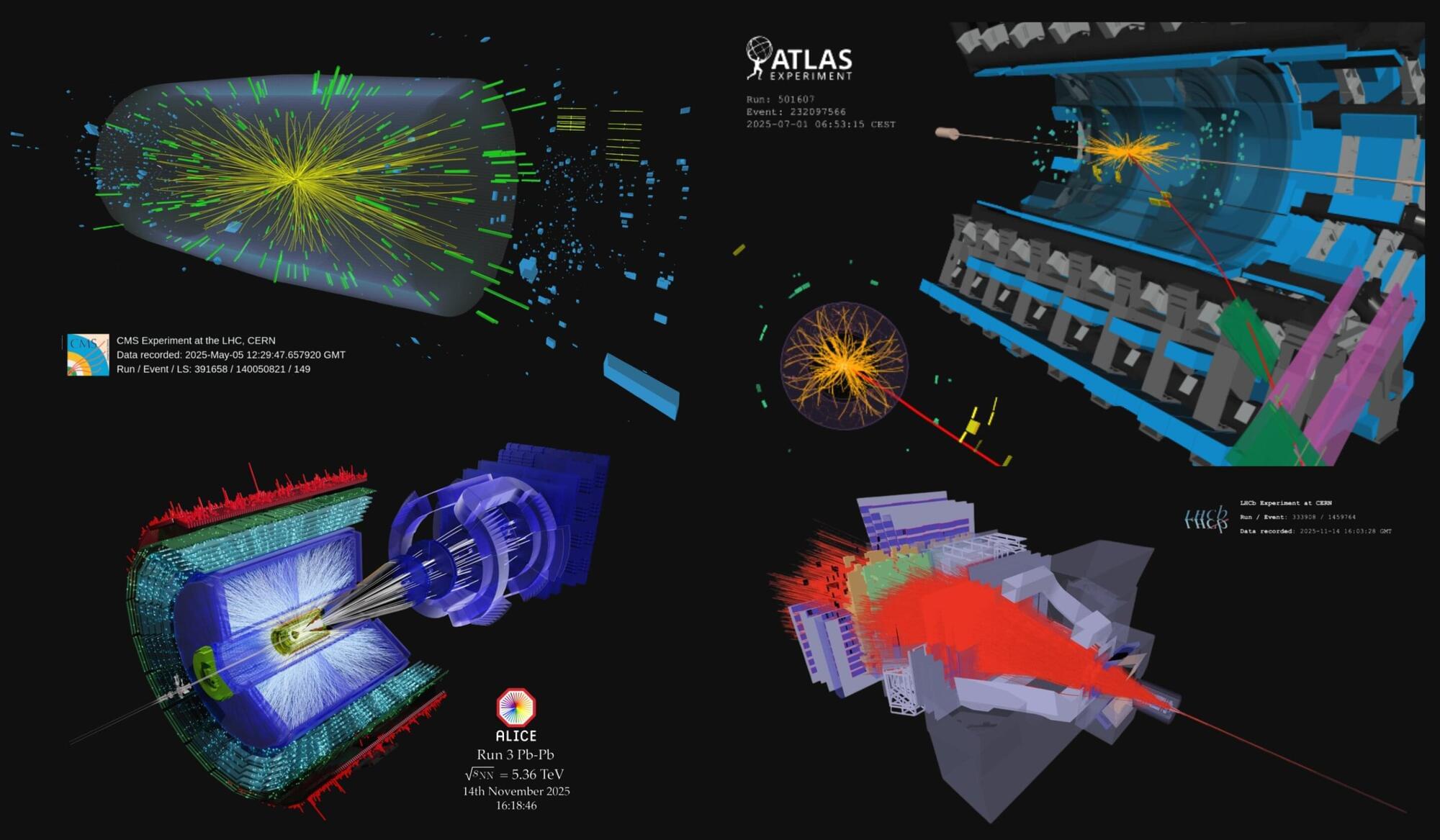
All experiments broke records in the final full operating year of the third run of the LHC.
After a few final laps around the ring, the beams of the Large Hadron Collider (LHC) were paused at 6.00 a.m. on Monday, 8 December for the usual year-end technical stop. Launched on 5 May, the LHC’s 11th year-long run of high-energy physics broke a new record for integrated luminosity by delivering 125 fb-1 to both the ATLAS and the CMS experiments. Over the full lifetime of the LHC, ATLAS and CMS have now each delivered an integrated luminosity of 500 fb-1, equating to approximately 50 million billion particle collisions.
All four LHC experiments performed extremely well throughout the 2025 proton run, detecting more collisions than in any previous year and reporting data-taking efficiencies of more than 90%. LHCb continued to benefit from the significant upgrades that were completed in 2023, further increasing its recorded luminosity to a new record of 11.8 fb-1 in 2025.
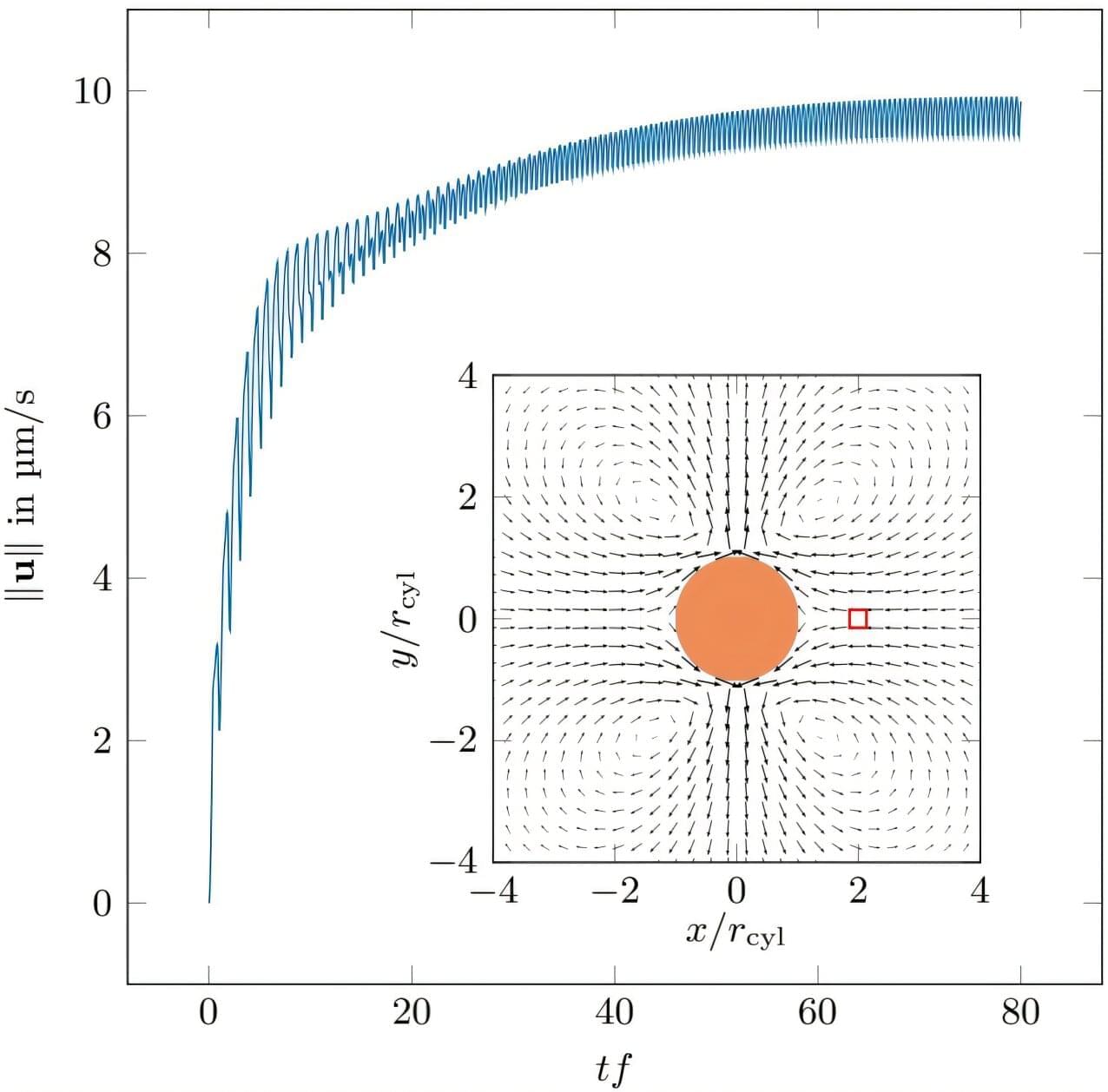
Tiny cavities in energy storage devices form small vortices that help with charging, according to a research team led by TU Darmstadt. This previously unknown phenomenon could advance the development of faster storage devices.
Solar and wind are the energy sources of the future, but they are subject to significant natural fluctuations. Storage solutions are therefore particularly important for a successful energy transition. Rechargeable batteries achieve very high energy densities by storing energy chemically. However, this high energy density comes at the price of long charging times and a dependence on precious raw materials such as cobalt.
In contrast to rechargeable batteries, so-called supercapacitors store energy in electric double layers: a voltage is applied between two electrodes. They are immersed in a liquid in which tiny charged particles, ions, float. The positive and negative ions move in opposite directions and accumulate in charged, nanometer-thick layers, the electric double layers, on the surfaces of the electrodes. In order to provide as much surface area as possible for the accumulation of ions, supercapacitors use porous electrodes that have many tiny pores, like a sponge.